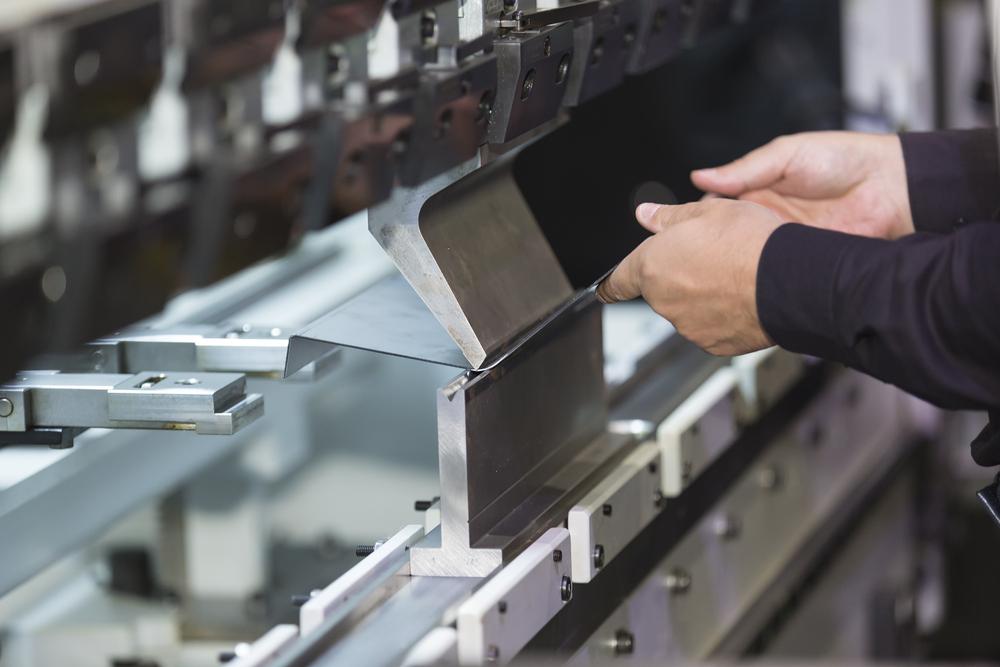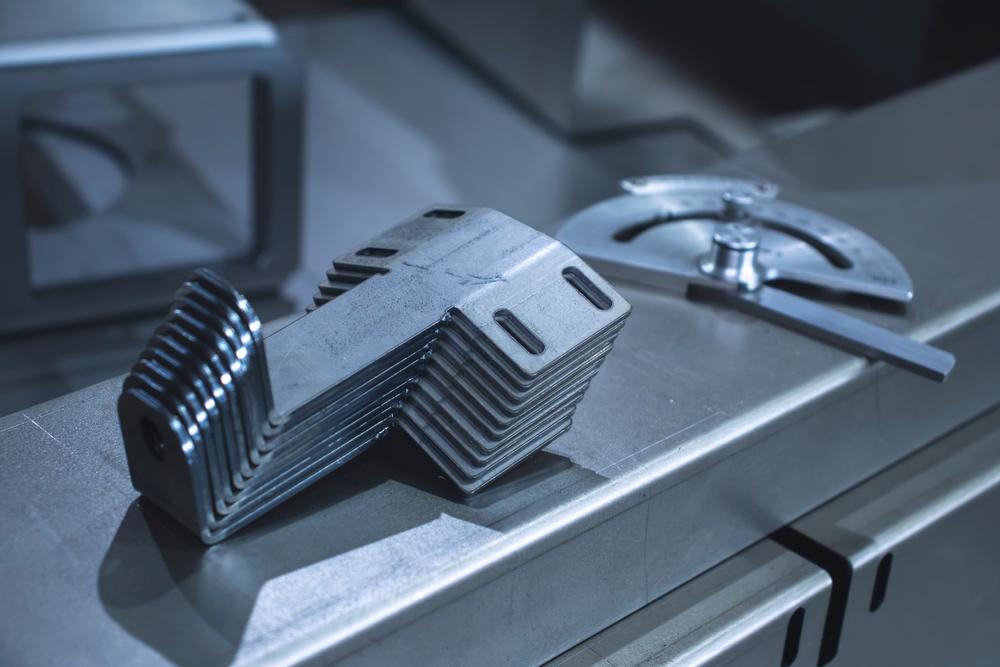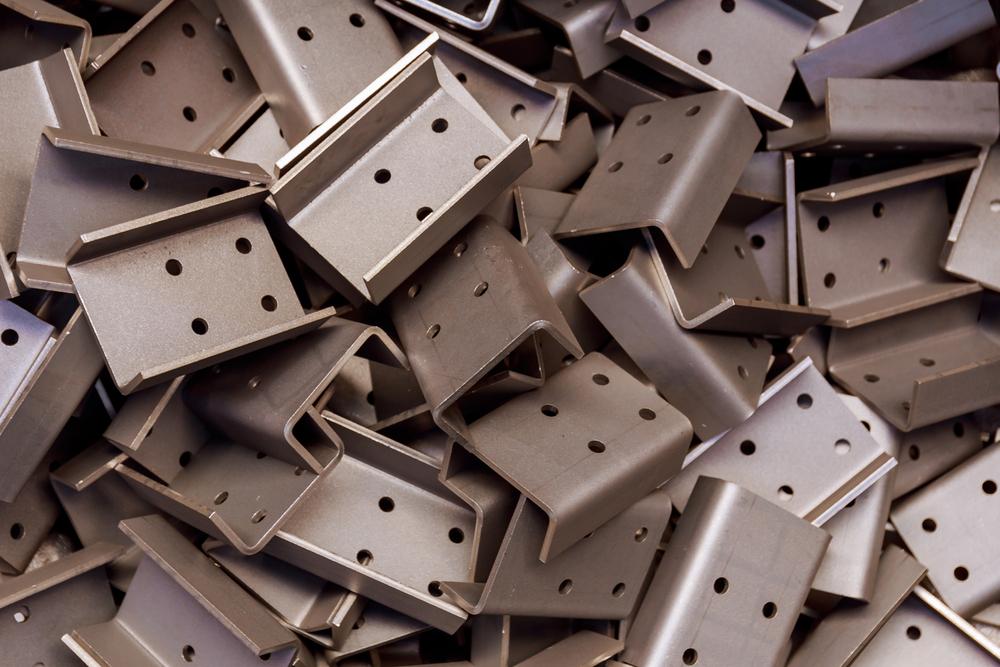What is a press brake?
A press brake is a piece of industrial machinery that bends sheet metal. A press brake is generally thin and lengthy in order to bend big quantities of sheet metal. Sheet metal is bent in a press brake by lowering a punch into sheet metal that has been placed on top of a die. A press brake may bend the metal multiple times until it reaches the required shape.

What types of press brakes are there?
The punch must be dropped into the sheet metal using a variety of techniques in order to exert the necessary amount of force needed to bend the metal. Hydraulic, pneumatic, electric, and mechanical force application techniques are all possible. The name of a press brake frequently includes the way that force is applied (e.g. hydraulic press brake, servo electric press brake).
Press brakes may deliver a range of forces as well. This is referred to as tonnage on a press brake; it is a measurement of how many tons of force the press brake is capable of producing. Pneumatic and servo electric presses generate less force than hydraulic presses, which are typically employed to reach very high forces.
The speeds and accuracy of the various press brake types vary as well. The most accurate press brake will often be a servo electric one. Press brakes that are pneumatic or servo-electric are frequently quicker than those that are hydraulic or mechanical.
What must be taken into account while bending a metal using a press brake?
Metals of all kinds may be bent in a wide range of ways using press brakes. The type of metal being bent, the die, the punch, and the bending force must all be taken into account while setting up a bending operation.
Due to the various physical characteristics of different metals, it is crucial to comprehend the metal type. For instance, because to the variations in ductility and strength, a high carbon steel would often be less bendable by a press brake than many aluminum alloys. There is normally a specified minimum bend radius for metals that can be bent without harming the material.
The press brake’s punch and die both have a significant influence on the bending procedure. The metal is laid on top of a hollow piece of material called the die before it is bent. It is made of an extremely sturdy, rigid substance that resembles the required contour of the metal being bent. A solid object called the punch is dropped onto the metal. Both forms must be precisely matched to the bending work since the metal bends as a result of the pressing action of the punch and die on the metal. The size and form of the punches and dies determine the proper metal shape after a press brake operation. In most cases, the dies and the punches are made to be easily interchangeable to handle a variety of jobs.
Common applications for press brakes:
Automotive panels
Airframes
Metal artwork
Furniture
Metal containers
Many other sheet metal forming applications













